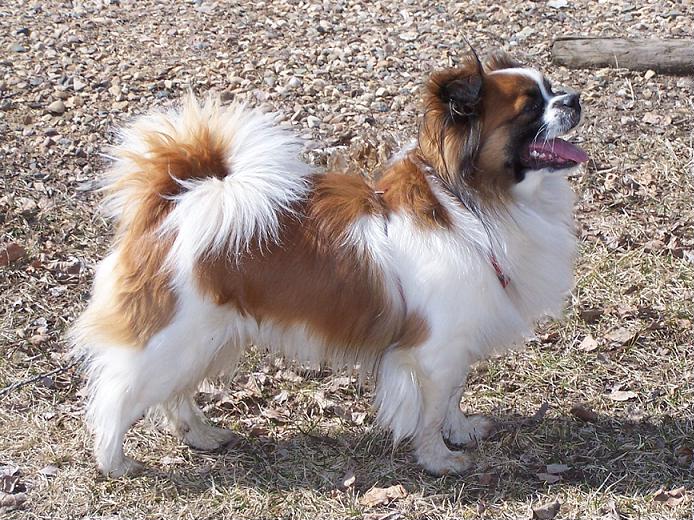Tibetan Spaniel
Tibetan Spaniel Rescue Find Your New Best Friend

-
Breed Group : Non-Sporting
-
Origin : Tibet
-
Average Height : 10"
-
Average Weight : 9 - 15 lbs.
-
Life Span : 12 - 15 years
Photo Courtesy info : Tibetan Spaniel rescue
-
Size
1 2 3 4 5 6 7 8 9 10 -
Energy
1 2 3 4 5 6 7 8 9 10 -
Intelligence
1 2 3 4 5 6 7 8 9 10 -
Ease of Training
1 2 3 4 5 6 7 8 9 10 -
Hypo-Allergenic
1 2 3 4 5 6 7 8 9 10 -
Shedding
1 2 3 4 5 6 7 8 9 10 -
Good with Kids
1 2 3 4 5 6 7 8 9 10 -
Good with Other Pets
1 2 3 4 5 6 7 8 9 10 -
Guard Dog
1 2 3 4 5 6 7 8 9 10








